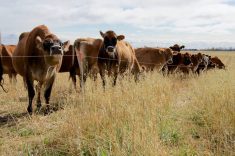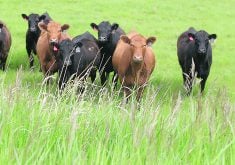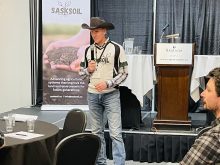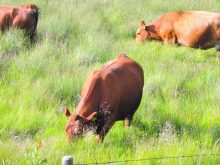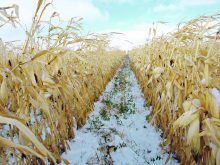Glacier FarmMedia – One of the most important decisions a producer can make is when to start grazing, and plant development should be top of mind when deciding, according to a North Dakota grazing specialist.
While many producers decide their grazing time based on what they’ve always done, or on other outside factors, that’s not always ideal, said Miranda Meehan, a livestock and environmental stewardship specialist at North Dakota State University.
“A lot of producers I work with, it’s based off of history,” she said.
Read Also
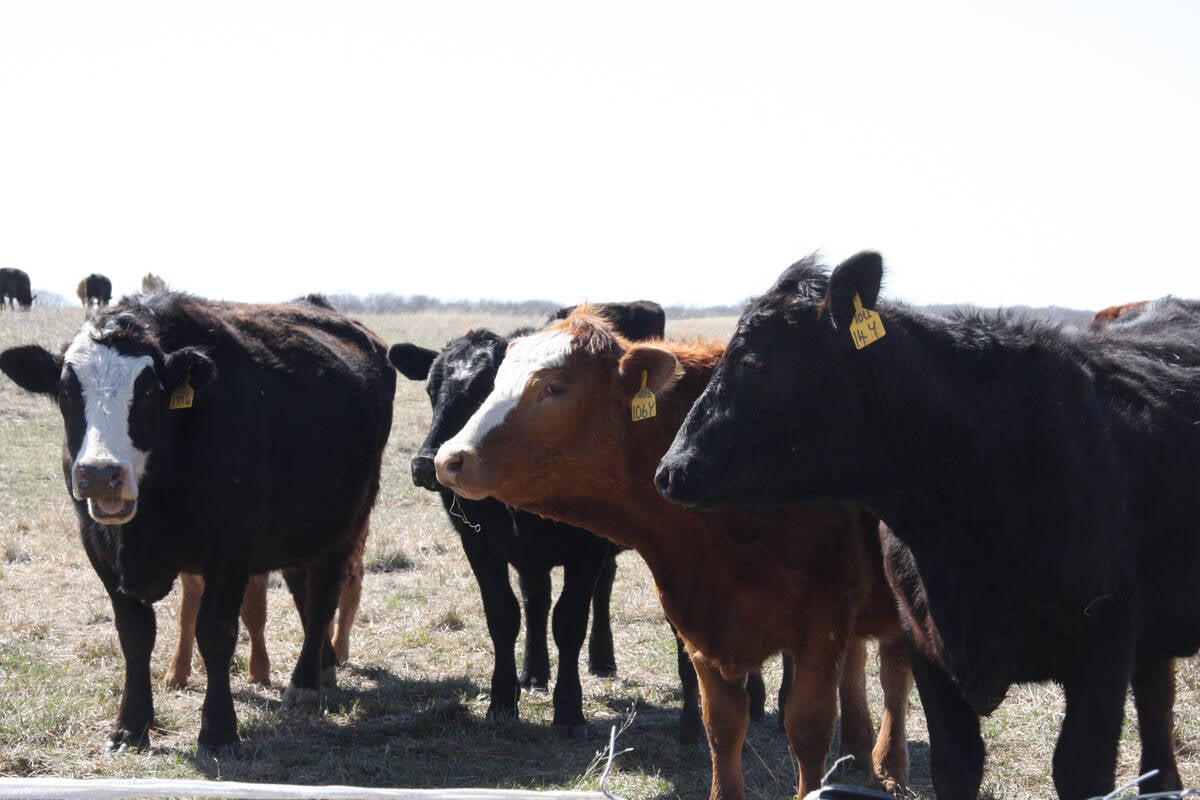
Canfax cattle market report – October 16, 2025
The Canfax cattle market report for October 16, 2025. Fed & feeder cattle prices, butcher cow trends, and cutout market insights.
They look at what they’ve done in the past, and perhaps consider when they can get people to help if they are working the cattle and branding before they put them out.
“So it tends to be more of a ‘this is the weekend we have our branding,’ and maybe not based off of what’s actually going on in those pastures,” Meehan said at a Manitoba Agriculture Stock Talk webinar earlier this month.
Grazing too early can severely reduce plant vigour and overall forage yield because early grazed plants do not capture as much sunlight in their leaf area, which they turn into important nutrients. In the long run, this will reduce forage production, research shows.
“By grazing too early, we can reduce forage production by up to 60 per cent in that growing season,” Meehan said.
Overgrazed pastures also face increased risk of disease, insects and invasive weed infestations. However, delaying turnout too long also carries risks, including a risk of forage loss, Meehan said.
“If we’re able to graze early, and we don’t graze too heavily … we can capture some regrowth on those plants and get bonus grass or bonus forage. But if we graze too late, and that plant … has become mature and set seed, then we’re losing some of that potential for regrowth or minimizing that potential.”
Early grazing can also be used as a tool in controlling invasive grasses such as Kentucky bluegrass. In North Dakota rangelands, that weed has been showing up earlier in the grazing season, before native cool grass and warm season grasses.
“It gives them a competitive advantage,” Meehan said.
“If we’re waiting too long, we’re not going to be able to keep them in check, and we’re going to lose diversity and potentially forage production on our pastures.”
One way to determine grazing readiness is by measuring leaf stage. Meehan encourages producers to look at their grasses, such as brome or crested wheat grass. If they’re at the three-leaf stage, the time is right. For native cool grasses, the three-and-a-half leaf stage is ideal.
Factors such as moisture availability, previous grazing pressure and temperature also affect readiness, as does pasture composition when deciding where to graze first.
“Understanding how those grasses grow and what you have out in your pasture is really important because that’s going to influence your grazing readiness in that pasture,” Meehan said.
Tame or winter annuals are ideal for early grazing, such as winter wheat, since it extends the grazing season without having a negative impact on perennial grasses. However, if native pasture must be used, producers should choose fields with high Kentucky bluegrass or smooth brome presence.
“Maybe we can kick them back, knock them back a little and improve diversity, while also getting some forage out of them,” Meehan said.
As drought has delayed growth in recent years, Meehan warned against overgrazing and emphasized plant recovery. However, one year of overuse won’t have a long-term detrimental effect on grazing lands, she added.
“Just make sure that if we graze it heavy, let’s give it a break in the spring and let it recover before we get animals out there again.”






